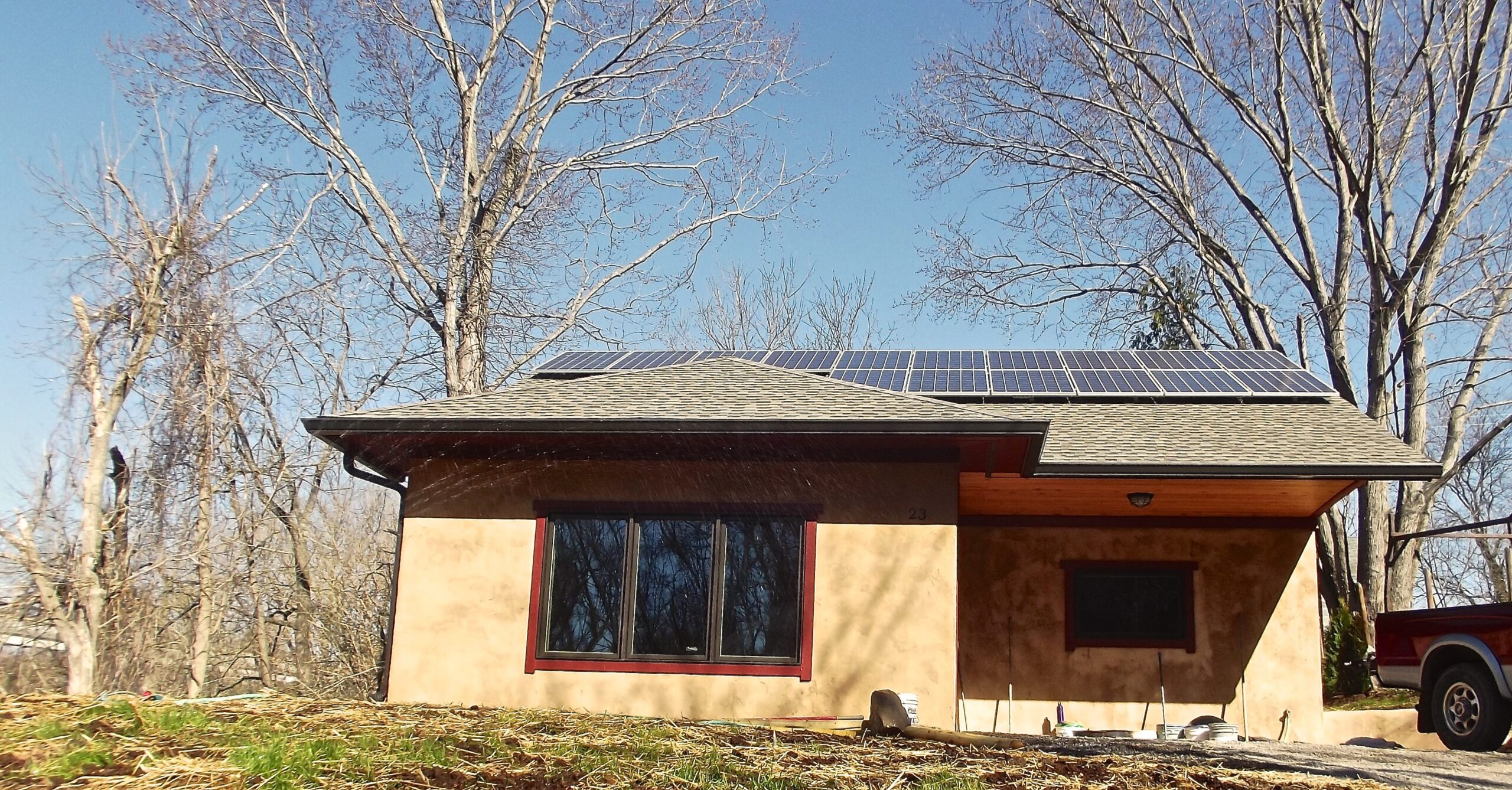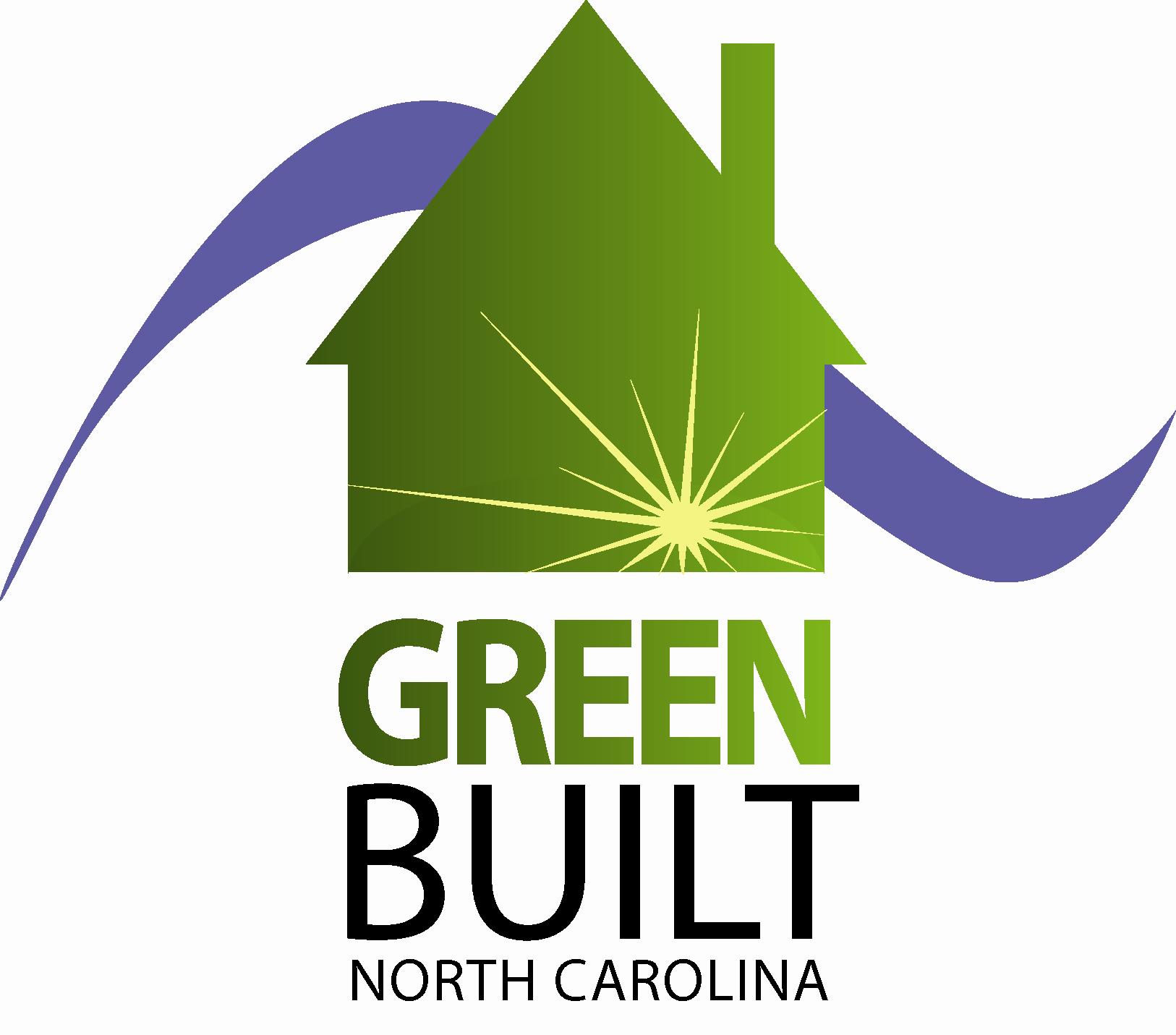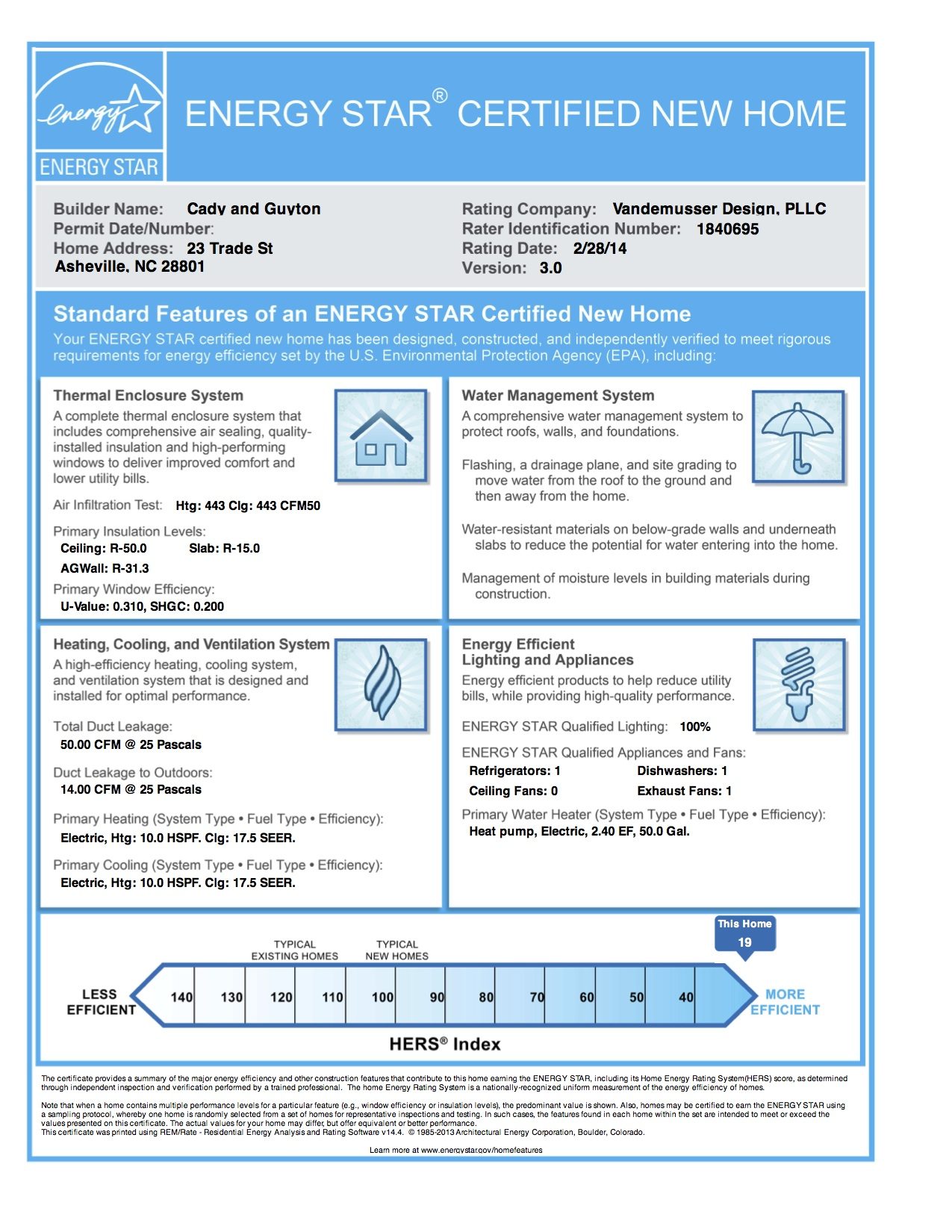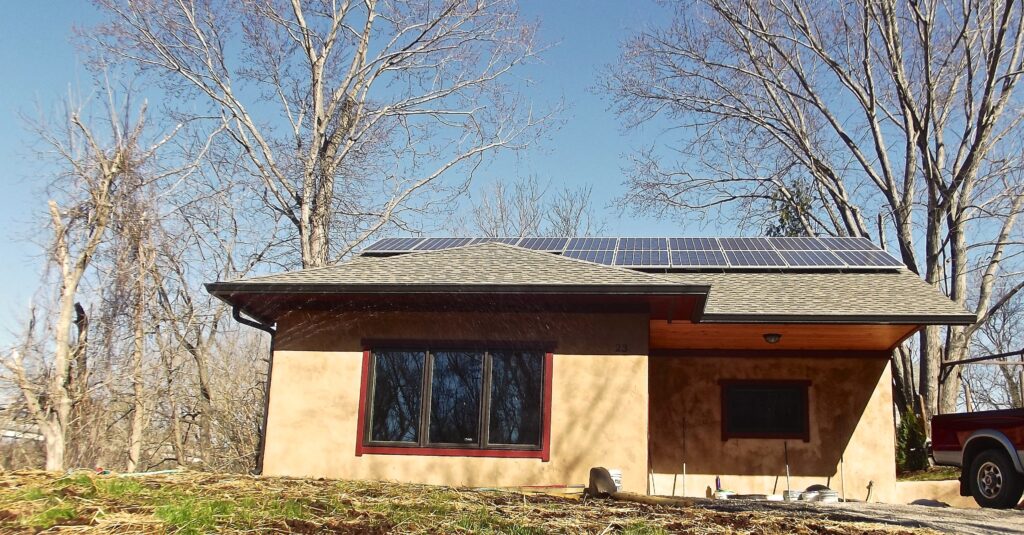We are within days of making it to the final finish details of our Green Built NC home in Asheville. We still lack a second radon test and some of the landscaping and connecting our rain barrels. This is the house discussed in these earlier blogs Air Sealing the Ceiling (https://bit.ly/P4q249 ) and Momentum becomes hard work ( https://bit.ly/1k5PH65 ).


The energy profile of this house is not what I expected. I had thought that the Ideal Walls ( https://bit.ly/1izmoex ) coupled with a lot of caulking and foaming and filling would have resulted in a lower air infiltration number. The blower door test came in at 2.5 ACH50. That is higher or worse than our last house (1.84ACH50), which was a two story home. One of the disadvantages we had with this house was orientation. Whereas our last house had excellent due south exposure, this house did not so it did not get any passive solar assist to its efficiency. It was also 234 sq ft larger and had a greater ratio of wall area to square foot area. Also it had less area that was underground and more attic area.
2.5ACH50 is a good number,I just expected being one story with really tight walls it would have been a better number. I will consider other strategies for further reduction on the next house such as getting the insulators to flash foam the ceiling with a 2-inch layer of Icynene before adding the cellulose.
Here is a breakdown of what that number is about in relation to current homes. Posted by https://bit.ly/1mkr8Ul
What’s A Good Blower Door Test Number?
The metrics and math can get a little technical so let’s put them in context. Here’s a rough scale to compare your blower door test number to other standards:
10-20 ACH50 – Older homes, like living in a “barn”
7-10 ACH50 – Average new home with some air sealing but no verification and little attention to detail
7 ACH50 – OK infiltration level and the 2009 IECC energy code requirement
3-5 ACH50 – Good and achievable target for most new homes. The ENERGY STAR reference home is 5 ACH50 for climate zone 4 which covers DC, MD, VA and part of PA. The majority of PA is 4 ACH50 for the ENERGY STAR reference home.
3 ACH50 and lower – Tight home with great air sealing, and required by the 2012 energy code adopted in MD and coming to other jurisdictions soon.
.6 ACH50 – Super tight home and the Passive House standard.
The final HERS, before solar PV was 54 also a little higher than our last house, HERS 48 before Solar PV. We were able to design the roof to have a significant area that faced South and so we ended up with a HERS of 19 with a 4Kw system that will be net metered.

We knew we were on the short side of a net zero house but the system uses micro inverters to make adding on more panels as easy as possible. It will be interesting to see what a year of real life in the house shows as far as net Consumption and production. Getting to zero as affordably as possible is an evolving balance of efficiency and renewable production. Costs of both sides keep shifting with new technology.
Duke is questioning net metering with some from the Utility saying the value of the solar produced electricity should be lowered to the same as coal produced electricity. Others say they are unsure and are studying the value. I imagine it will get sorted out in the next year though public awareness and input will be important.


